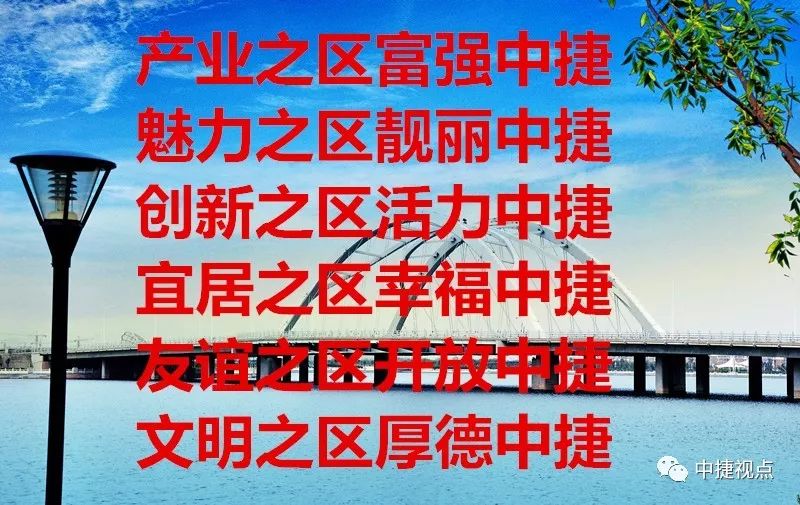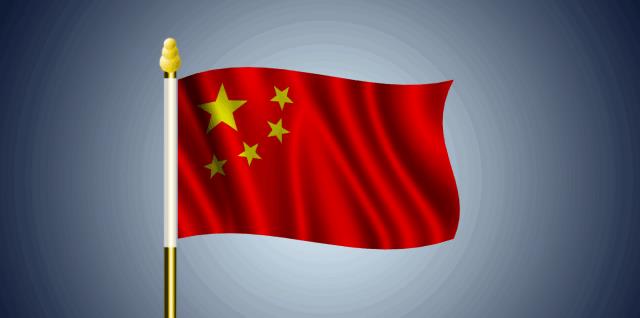Popular science | What is air pollution? What are the main pollution sources?
atmospheric pollution
What is it?
Air pollution is a phenomenon that some substances enter the atmosphere due to human activities or natural processes, showing sufficient concentration for enough time, and thus endangering human comfort, health and welfare or the environment.
Air pollutants enter the atmosphere (input) from man-made or natural sources, participate in the circulation process of the atmosphere, and are removed (output) from the atmosphere through chemical reactions, biological activities and physical sedimentation after a certain retention time. If the output rate is less than the input rate, it will be relatively concentrated in the atmosphere, resulting in an increase in the concentration of a substance in the atmosphere. When the concentration rises to a certain extent, it will directly or indirectly cause acute and chronic harm to people, organisms or materials, and the atmosphere will be polluted.
1. Sources of air pollutants
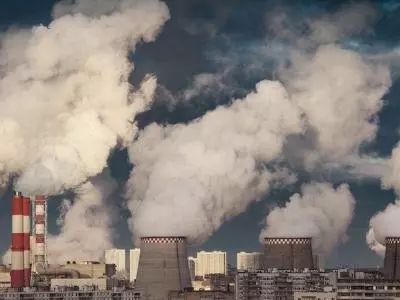
(1) Natural sources of air pollution
Volcanic eruption: H2S, CO2, CO, HF, SO2 and volcanic ash are emitted.
Forest fire: CO, CO2, SO2, NO2, HC, etc. are emitted.
Natural dust: wind sand, soil dust, etc.
Forest plant release: mainly terpene hydrocarbons.
Wave droplet particles: mainly sulfate and sulfite.
In some cases, natural sources are more important than man-made sources. According to relevant statistics, 93% of global nitrogen emissions and 60% of sulfur oxide emissions come from natural sources.
(2) Man-made pollution sources
The atmospheric pollution source usually refers to the source of pollutants transported to the atmosphere by human activities. Man-made pollution sources of the atmosphere can be summarized as the following four aspects:
Fuel combustion: the combustion process of fuels (coal, oil, natural gas, etc.) is an important source of pollutants to the atmosphere. The main component of coal is carbon, and it contains hydrogen, oxygen, nitrogen, sulfur and metal compounds. In addition to a large amount of smoke and dust, carbon monoxide, carbon dioxide, sulfur dioxide, nitrogen oxides, organic compounds, smoke and dust and other substances are also formed during the combustion process.
Emissions from industrial production processes: such as hydrogen sulfide, carbon dioxide, sulfur dioxide and nitrogen oxides emitted by petrochemical enterprises; Sulfur dioxide, nitrogen oxides and dust containing heavy metal elements discharged by nonferrous metal smelting industry; Fluoride emitted by phosphate fertilizer plants; Sulfur dioxide, nitrogen oxides, hydrogen chloride and various acidic gases discharged from acid-base salinization industry; The iron and steel industry discharges dust, sulfur oxides, cyanide, carbon monoxide, hydrogen sulfide, phenol, benzene and hydrocarbons in the process of ironmaking, steelmaking and coking. The composition of pollutants is closely related to the nature of industrial enterprises.
Emissions during transportation: The tail gas emitted by automobiles, ships and airplanes is the main source of air pollution. The exhaust gas emitted by internal combustion engine contains carbon monoxide, nitrogen oxides, hydrocarbons, oxygen-containing organic compounds, sulfur oxides and lead compounds.
Emissions from agricultural activities: when pesticides are applied in the field, some pesticides will escape into the atmosphere in the form of dust and other particles, and those remaining on crops or adhering to the surface of crops can still volatilize into the atmosphere. Pesticides entering the atmosphere can be absorbed by suspended particles and transported to various places with the airflow, causing atmospheric pesticide pollution. In addition, there are straw burning.
China has enacted "People’s Republic of China (PRC) Environmental Protection Law" and formulated national and regional "waste gas emission standards" to reduce air pollution and protect people’s health.
2. Harm of air pollution
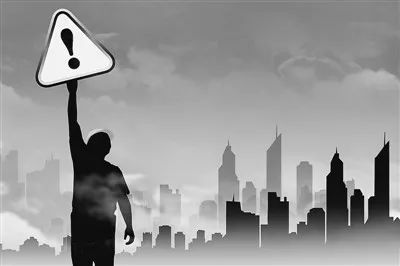
(1) Harm to human body
The harm of air pollutants to human body is various, mainly manifested in respiratory diseases and physiological dysfunction, as well as the irritation of mucous membranes such as eyes and nose, which is a chronic factor causing asthma in the elderly. Insufficient lung qi leads to physical decline.
The influence of air pollution on human body is firstly uncomfortable, then there is a reversible reaction in physiology, and then there are acute harmful symptoms. The harm of air pollution to people can be roughly divided into three types: acute poisoning, chronic poisoning and carcinogenesis.
1. Acute poisoning
When the concentration of pollutants in the air is low, it usually does not cause acute poisoning, but under some special conditions, such as special accidents in the production process of factories, a large number of harmful gases leaking out, and sudden changes in external meteorological conditions, it will cause acute poisoning of people. For example, methyl isocyanate leaked from Pabor pesticide plant in India directly harmed human body, with 2,500 people killed and more than 100,000 injured.
2. Chronic poisoning
The chronic toxic effect of air pollution on human health is mainly manifested in the phenomenon that the prevalence rate increases after pollutants are exposed to human body in low concentration for a long time. The incidence of lung cancer among urban residents in China is very high, the highest of which is in Shanghai, and the respiratory diseases of urban residents are significantly higher than those in suburbs.
3. Carcinogenesis
This is the result of long-term influence, because pollutants act on the body for a long time, damaging the genetic material in the body and causing mutation. If the germ cells mutate, all kinds of abnormalities will appear in the offspring, which is called teratogenicity. If the genetic material and genetic information of organism cells suddenly change, it is also called mutagenicity; If the tumor is induced, it is called carcinogenesis. The "cancer" referred to here includes benign tumors and malignant tumors. Carcinogens in the environment can be divided into chemical carcinogens, physical carcinogens and biological carcinogens. The process of carcinogenesis is quite complicated, generally including initiation stage and growth promotion stage. Factors that can induce tumors are collectively referred to as carcinogenic factors. Tumors caused by long-term exposure to carcinogenic factors in the environment are called environmental tumors. Air pollution will reduce people’s life span.
(2) Harm to plants
Air pollutants, especially sulfur dioxide and fluoride, are very harmful to plants. When the concentration of pollutants is very high, it will cause acute harm to plants, causing damage to the surface of plant leaves, or directly causing leaves to wither and fall off; When the concentration of pollutants is not high, it will cause chronic harm to plants, make the leaves of plants fade green, or there are no harmful symptoms on the surface, but the physiological functions of plants have been affected, resulting in the decline of plant yield and deterioration of quality.
(3) Harm to the climate
Air pollutants can also affect weather and climate. Particulate matter reduces atmospheric visibility and reduces the amount of solar radiation reaching the ground. Especially in large industrial cities, the sunlight is 40% less than normal when the smoke is not scattered. The pollutants in the upper atmosphere, such as nitrogen oxides, hydrocarbons and chlorofluorocarbons, decompose ozone in large quantities, causing the "ozone hole" problem, which has become the focus of global attention.
The increase of greenhouse gases such as carbon dioxide will lead to the warming of the earth’s atmosphere and the increase of global weather disasters. Another example is the increase of aerosol particles such as smoke and dust, which will increase atmospheric turbidity, weaken solar radiation and affect the long-wave radiation of the earth, which may lead to abnormal weather and climate.
(1) Reduce the amount of solar radiation reaching the ground: A large number of smoke particles discharged into the atmosphere from factories, power stations, automobiles and household heating equipment make the air very turbid, which blocks the sunlight and reduces the amount of solar radiation reaching the ground. According to observation and statistics, in the days when the smoke is not scattered in large industrial cities, the amount of direct sunlight hitting the ground is reduced by nearly 40% compared with the days without smoke. In cities with serious air pollution, it will lead to poor growth and development of people, animals and plants due to lack of sunlight every day.
② Increasing atmospheric precipitation: many of the particles discharged from large industrial cities have the function of condensation nuclei of water vapor. Therefore, when there are other precipitation conditions in the atmosphere, there will be precipitation weather. In the downwind areas of big industrial cities, there is more precipitation.
③ Acid rain: Sometimes, the rain falling from the sky contains sulfuric acid. This kind of acid rain is formed by the oxidation of sulfur dioxide, a pollutant in the atmosphere, to form sulfuric acid, which falls with the precipitation in nature. Sulfuric acid rain can destroy large areas of forests and crops, corrode and break paper products, textiles and leather products, deteriorate metal antirust coatings and reduce their protection, and corrode and pollute buildings.
3. How to prevent and control air pollution in life
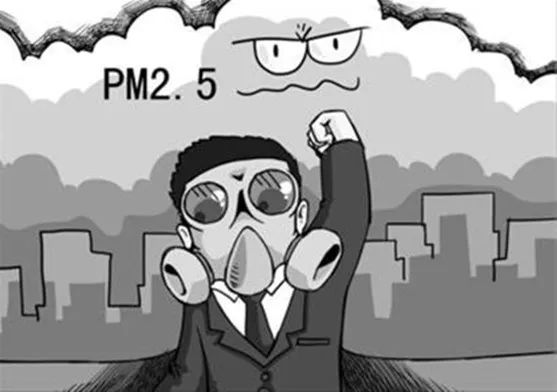
1. Don’t litter; Travel by bus and subway as much as possible, reduce the use of private cars, and buy new energy vehicles; Participate in greening activities such as planting trees; Private cars are equipped with tail gas treatment devices, and lubricating oil is used to fully burn fuel and reduce harmful gas emissions.
2. On holidays, instead of setting off fireworks and firecrackers, electronic firecrackers can be used instead, no outdoor barbecue, no burning of straw and leaves, and less coal burning to reduce air pollution.
3. Reduce the use of freon-containing air conditioners and refrigerators, and suggest purchasing new energy-saving products.
4. Reduce going out in foggy weather (according to relevant explanations, Ozone refers to ozone, while PM2.5 refers to fine suspended particles with a diameter of less than 2.5 microns, also known as particles that can enter the lungs. This suspended particle is a "health killer" in the air. Extensive damage to respiratory system, heart and blood system).
5. Wear a mask when going out (factors such as mask material, service life and technical level are the criteria for defining the quality of masks. If consumers have no special needs, they don’t have to snap up "concept masks" marked with various functions).
6. It is everyone’s responsibility to prevent and control air pollution. It is the right given to every citizen by law to report and accuse acts that pollute and destroy the environment. When encountering uncivilized acts that pollute the atmosphere, actively report them, jointly safeguard the beautiful blue sky and build a happy Zhuzhou!
Source: Baidu Encyclopedia



